Explore the best places
Heritage in Portugal
Colégio dos Jesuítas de Beja
- heritage
Rua Marquês de Pombal
7800-067, Beja
Huge building that marks the urban net. The construction of this college began in the XVII century but with the expulsion of the Jesuit Order from Portugal, in 1759, it was interrupted. In 1770, by order of King Dom José, the bishopric of Beja was reinstalled there. In 1777 the works restarted and nowadays it is the quarters of Guarda Nacional Republicana and a part of the Universidade Moderna.

Centro Recreativo Amadores de Música Os Leões
- heritage
Rua 5 de Outubro, 7
7860-013, Moura
Building shows elements that identify with the urban rural nobility solar de Moura, in the Baroque period.
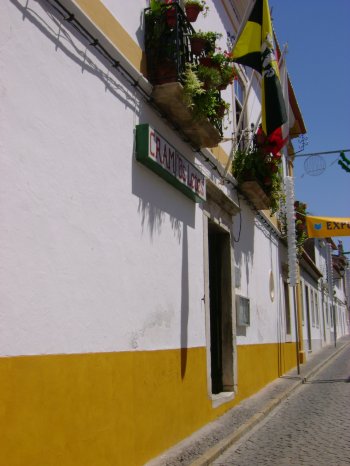
Antigo Hospital da Misericórdia de Beja / Hospital de Nossa Senhora da Piedade
- heritage
Rua de Dom Manuel I, 19
7800-306, Beja
This ancient hospital is considered to be one of the best examples of the Manueline architecture. It is one of the first Manueline constructions built to be a hospital. Inside the ward is intact.
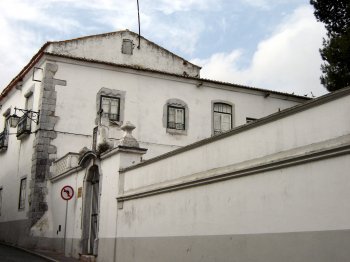
Museu Municipal Mestre Severo Portela
- heritage
Praça da República
7700-023, Almodôvar
Baroque building and popular. The belfry has pyramidal spires and crowned by gable curve.
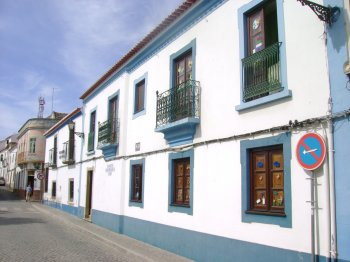
Balneário Público
- heritage
Rua da Rainha Dona Amélia, 1
7800-514, Beja
Modern architecture building, where are the municipal public baths and whose construction dates from 1951.
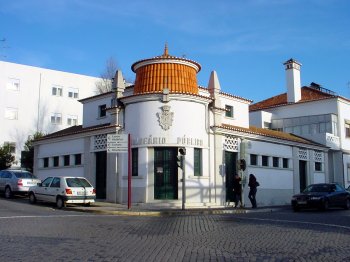
Caminho da Liberdade
- heritage
Castro Verde
7780-295, Castro Verde
This monument is intended to evoke the 30 years of Democratic Local authorities, especially in the Centre, a parallelepiped greater than symbolizes the 25 April. At the top, emerges an ear of wheat symbolizing the struggle of the people for better socio-economic conditions. At the same time, seeks to associate with this symbolism the "castro" from Castro Verde, through the battlements of a castle.
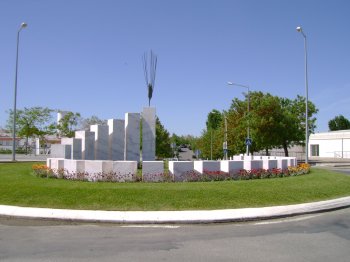
Forno do Povo de Vilarinho da Mó
- heritage
Travessa do Forno
5460-165, Vilarinho da Mó
Granite building, floorplan, with a semicircular porch format, with coverage in ceramic tile. Inside you will find the tendal and the oven, where the local population continues to bake traditional bread. This equipment was, in ancient times, an important role in village sociality, the so-called "coffee of the people", was where they gathered during the evenings, was also the hostel of the poor, beggars and pilgrims, passing through the village, which then stayed overnight.
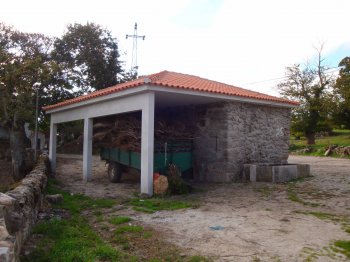
Forno do Povo de Pinhal Novo
- heritage
Pinhal Novo
5460-120, Beça
The oven of the people of Pinhal Novo is a simple construction in granite. Inside you will find the tendal and the oven, where the local population continues to bake traditional bread.
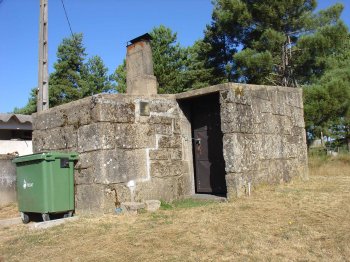
Forno do Povo de Curros
- heritage
Rua Principal
5460-400, Curros
The people of oven is a rural vernacular construction Affairs. Inside the building has the tendal and a platform, in granite, which serves as a support to the oven in granite with together in clay, where the local population continues to bake traditional bread. This equipment was, in ancient times, an important role in village sociality, the so-called "coffee of the people", was where they gathered during the evenings, was also the hostel of the poor, beggars and pilgrims, passing through the village, which then stayed overnight.
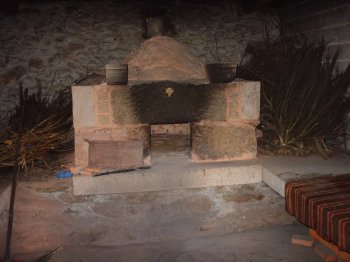
Forno do Povo de Carvalhelhos
- heritage
Largo do Cruzeiro
5460-120, Carvalhelhos
The oven of the people of Carvalhelhos is a vernacular rural construction in granite, two waters, coverage in tile, and a porch in the main façade. Inside the building are an oven in granite, where the local population continues to bake traditional bread. This equipment was, in ancient times, an important role in village sociality, the so-called "coffee of the people", was where they gathered during the evenings, was also the hostel of the poor, beggars and pilgrims, passing through the village, which then stayed overnight.
